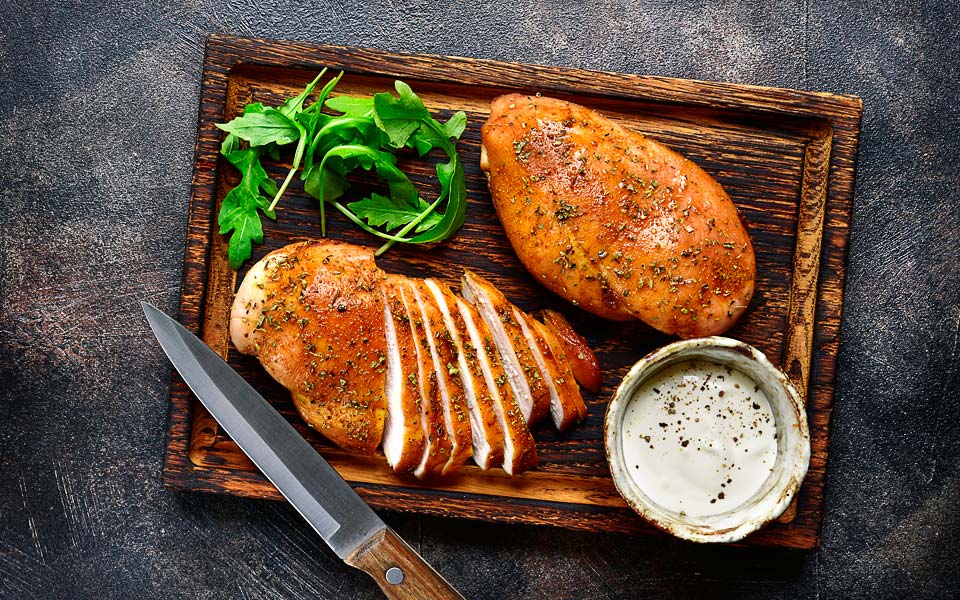9 Tips to Help You Avoid Food Poisoning from Chicken
August 31, 2018
 University Hospitals Rainbow Babies & Children'sExperts in Children's Health
University Hospitals Rainbow Babies & Children'sExperts in Children's Health

Food safety should not be hard to swallow. Learn how to prevent food poisoning.
Whether you’re eating chicken fingers or coq au vin, if the chicken on your plate isn’t properly handled during preparation, you might experience some serious consequences.
It’s good every now and then to review the way you handle chicken and other foods, says registered dietitian nutritionist and board-certified sports dietitian Amy Jamieson-Petonic.
“Foodborne illnesses like salmonella come from bacteria found in the intestines of animals, including chickens, and can be passed to humans when people aren’t vigilant about food safety,” Ms. Jamieson-Petonic says.
Stay Safe
Ms. Jamieson-Petonic shares nine poultry prep tips:
- Use a plastic bag. Put fresh poultry in a separate plastic bag at the grocery store to prevent raw juices from getting into other foods or onto your reusable bags.
- Wash your hands. Run your hands under warm water, applying soap, for 20 seconds before, during and after handling raw chicken.
- Clean cutting boards and utensils. Wash all prep surfaces with hot, soapy water before preparing any other foods on that surface. Never place food on an unwashed surface that has just held raw poultry.
- Don’t wash raw chicken. Washing raw chicken in the sink can cause the juices to spread and contaminate other foods, utensils and countertops.
- Store chicken properly before preparation. Always store raw chicken in a clean, sealed container on the bottom shelf of the refrigerator so it can’t touch or drip onto other foods like fruit or cheese. Also, be sure to refrigerate raw poultry promptly.
- Check the temperature. Use a food thermometer to make sure poultry is cooked to a safe internal temperature of 165°F.
- Refrigerate leftovers. Store leftovers in the refrigerator or freezer within two hours, or within one hour if the room temperature is higher than 90°F.
- Look for clear juices. Cooked chicken shouldn’t be pink on the inside. Its juices should be clear and steam should emerge when the flesh is cut, especially when cooking in a microwave.
- Defrost frozen chicken properly. Defrost frozen chicken in the refrigerator. If chicken is packaged or in a leak-free bag, it can be defrosted in cold water.
Amy Jamieson-Petonic, M.Ed., RDN, CSSD, LD is a registered dietitian nutritionist and board-certified sports dietitian at University Hospitals Cleveland Medical Center. You can request an appointment with Ms. Jamieson-Petonic or any other healthcare professional online.


